Table of Contents
- 76 #journorequests come in per day, making it the most common media request hashtag
- 78.5% of #journorequests are UK-based, compared to 11.6% in the US
- Entertainment is the most popular category of UK #journorequest
With all the conversations around HARO/Connectively closing, PRs can still use #journorequests on social media as a reliable alternative to HARO.
However, as I started gathering the data for this post, I realized that media request hashtags on X aren’t as international as I thought.
In this analysis, I’ll break down media request usage on X and then discuss the distribution with some journalists and PRs.
You can jump down to the methodology here.
What are #journorequests?
Journorequest is a hashtag used on prominent social media platforms to help journalists find expert sources.
They are most commonly used on X.
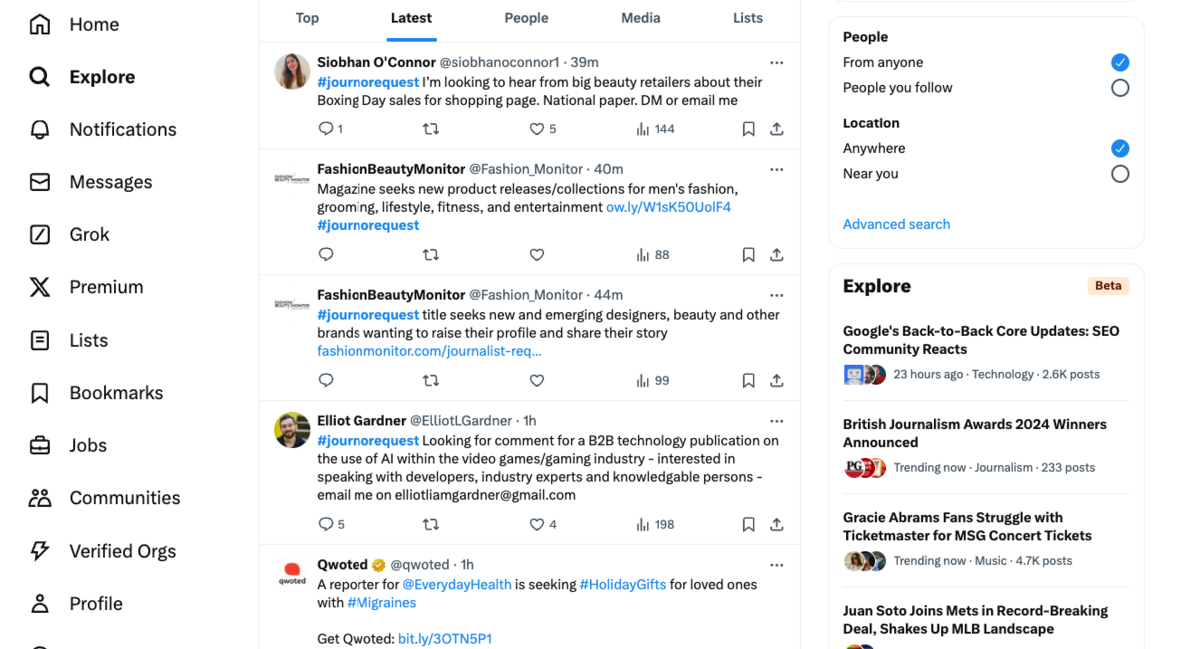
As you can see in the screenshot above, they come from reporters, journalists, and aggregator accounts like Qwoted or FashionBeautyMonitor.
Responding to media requests like these can be incredibly useful for gaining quick coverage for you or a client.
According to our State of Digital PR report, 92.5% of digital PRs respond to expert commentary requests as part of their marketing mix.
And it’s not just #journorequest.
You can also find #bloggerrequest, #prrequest, #mediarequest.

We have an entire post with tips on responding to journalist requests like these, so I won’t get into that in this analysis (Although I have some specific recommendations at the end of this post).
Needless to say, the usage of these social platforms within the PR circles is frequent.
With that, let’s dig into just how common these hashtags are.
#Journorequest is the most used overall
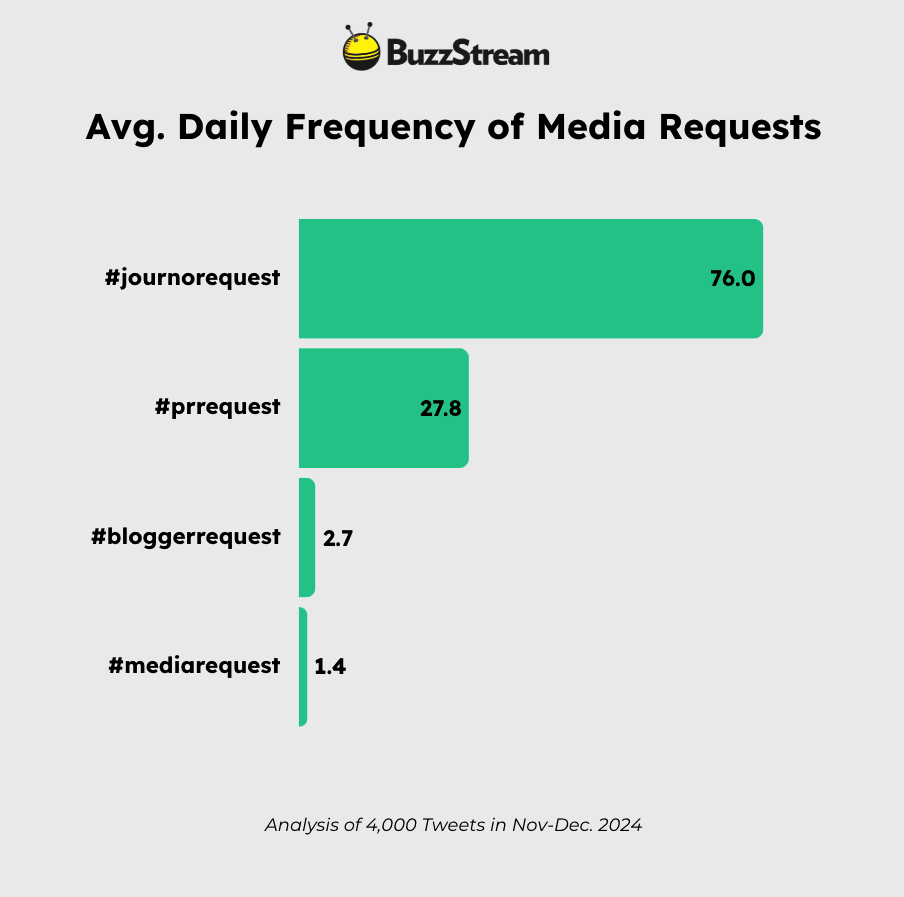
#Journorequest is the most used hashtag. There are 76 daily requests on average, followed by #prrequest, which was a distant second at an average of 27.8 requests daily.
So, you should all jump on the #journorequest train, right?
Not so fast.
Next, let’s check out where these requests are coming from.
#Journorequest is the most used by UK-based accounts
UK-based X accounts made up 78.5% of all #journorequests.
When I set out to do a geographic breakdown of these hashtags, I expected a much broader set of countries represented.
So, I was surprised to see how many accounts were UK-based.
Other areas, like Australia or Malaysia, make up less than the US requests combined.
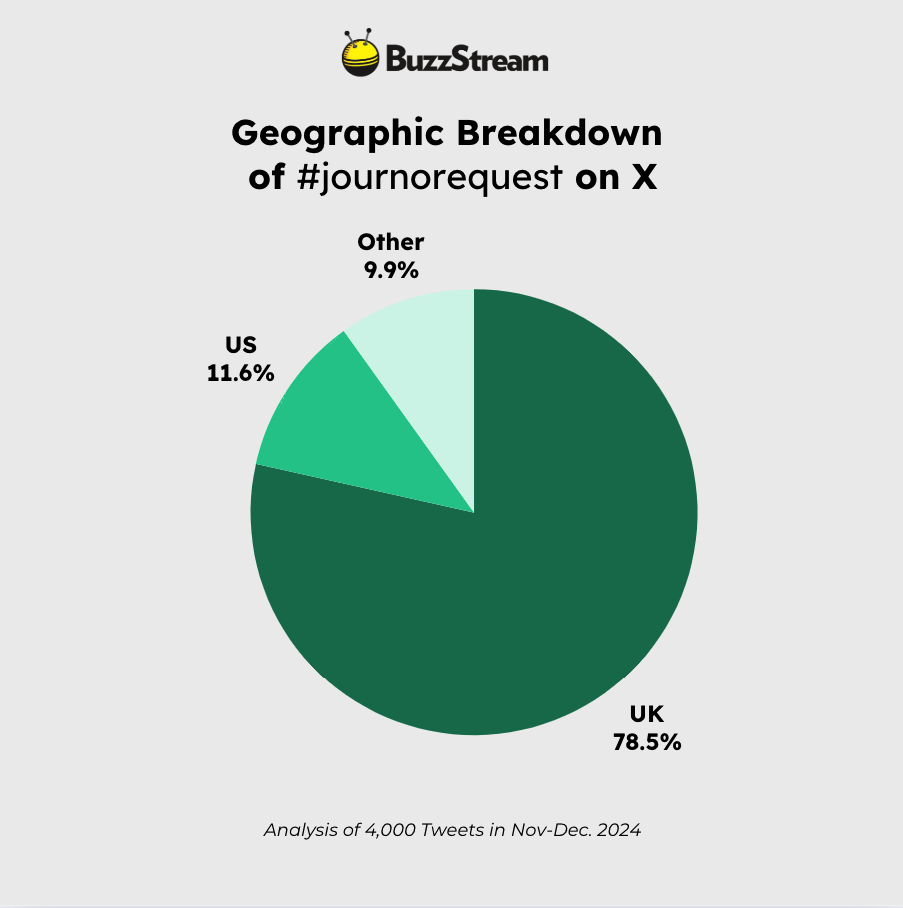
What about all of the other hashtags?
#Bloggerrequest
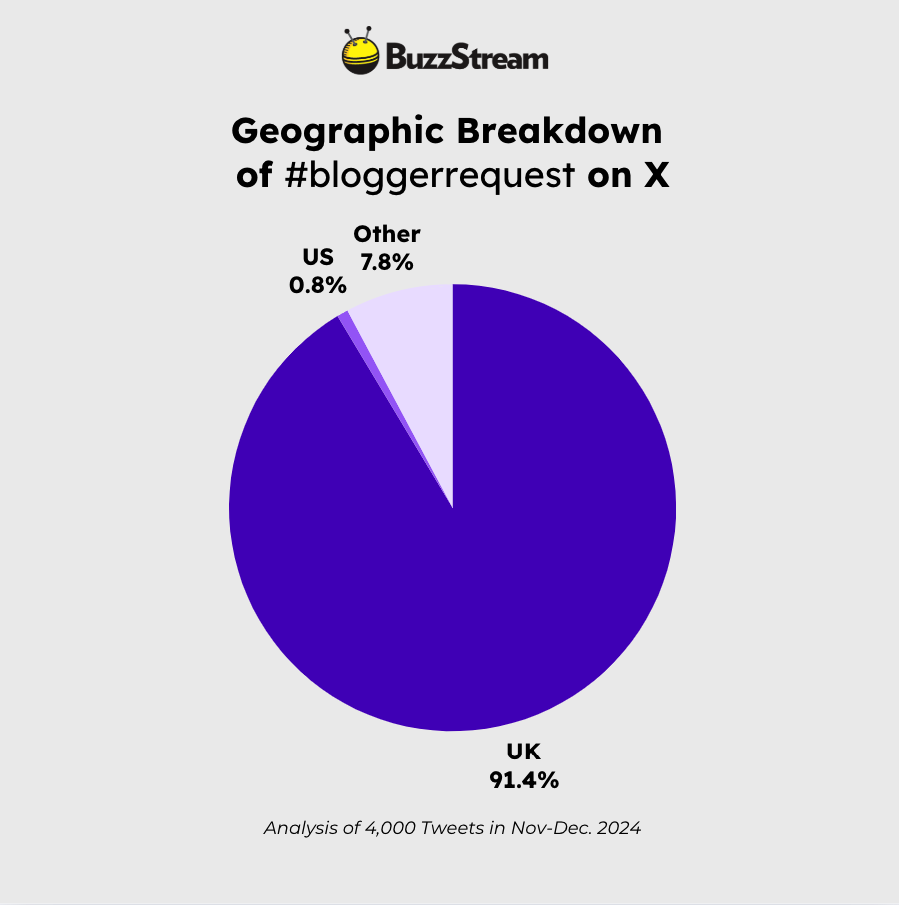
The US is barely represented in the #bloggerrequest data, with 91.4% coming from UK-based accounts and just under 1% from US-based accounts.
#Mediarequest
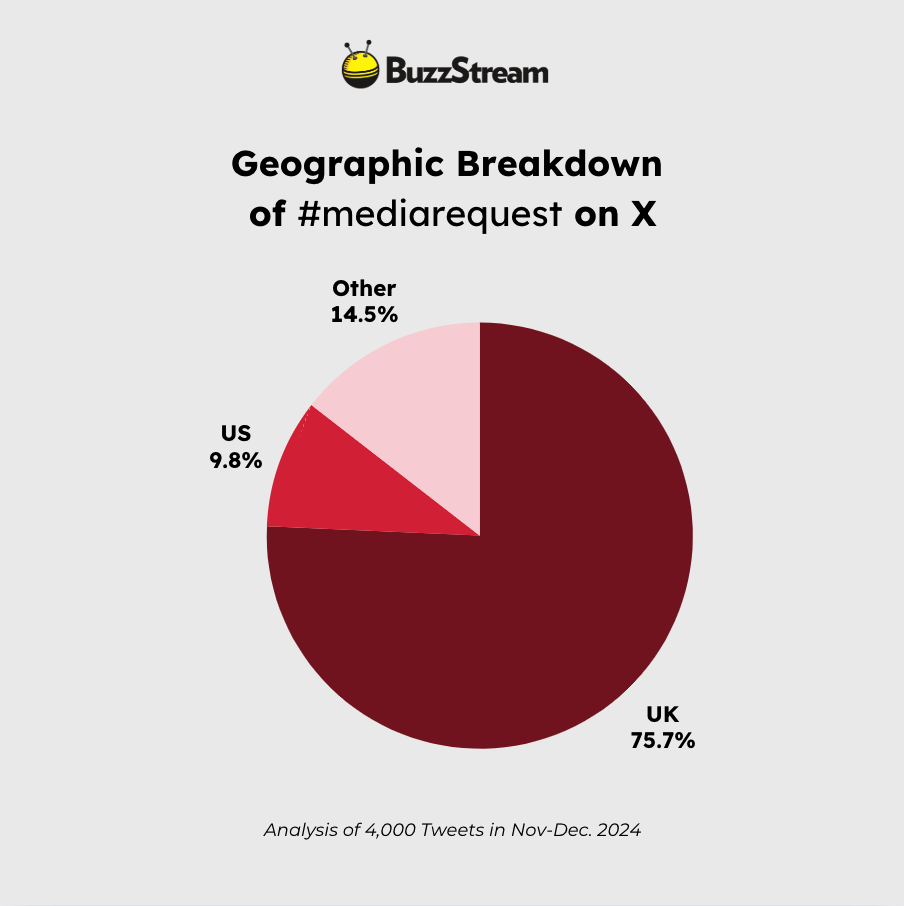
The UK dominates #mediarequest as well, with just over 75%.
US-based accounts only make up less than 10%.
#Prrequest
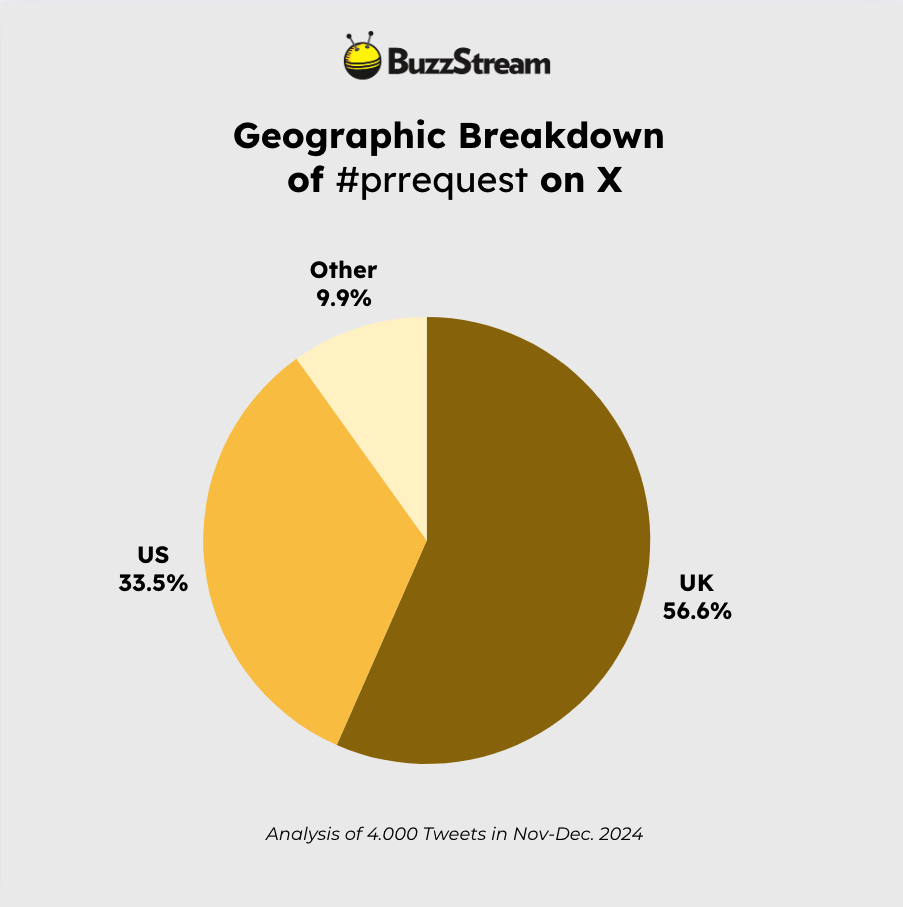
The hashtag #prrequest is about the most evenly distributed, but still has over half of the requests coming from the UK.
Overall Comparison
Here’s a head-to-head look at all of them for comparison:
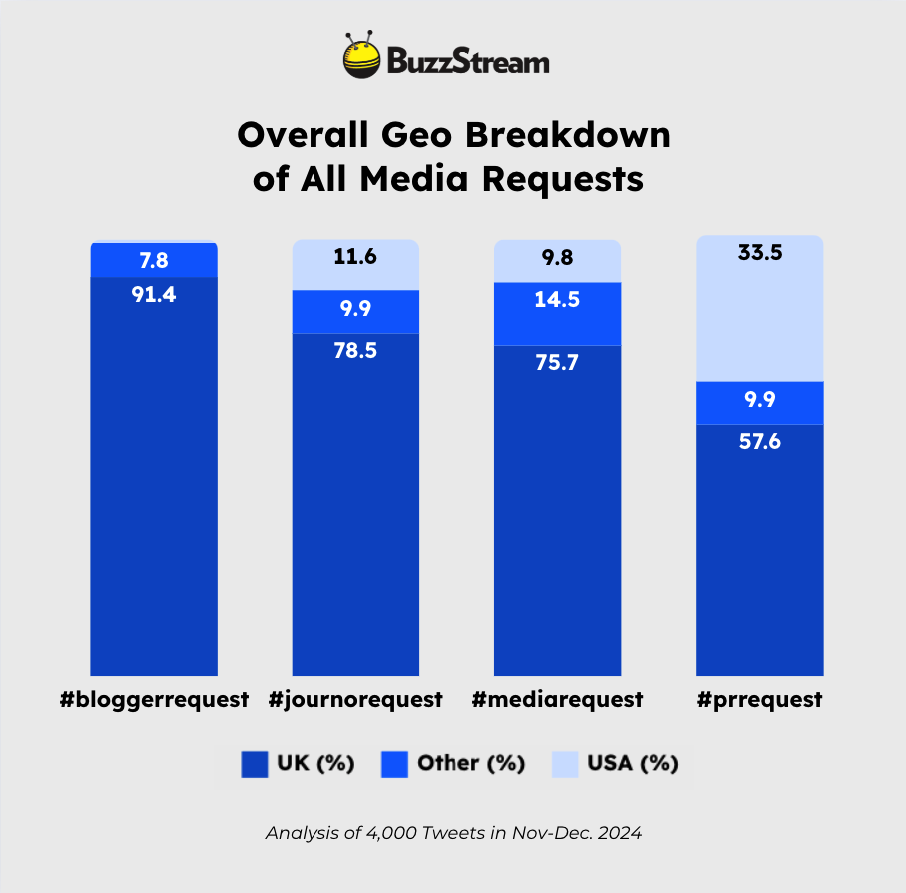
Next, let’s dig in to see if there are any other differences in the overall media representation of these requests.
Industry Breakdown and Trends
The data didn’t provide many industry-specific insights, but some definite trends emerged.
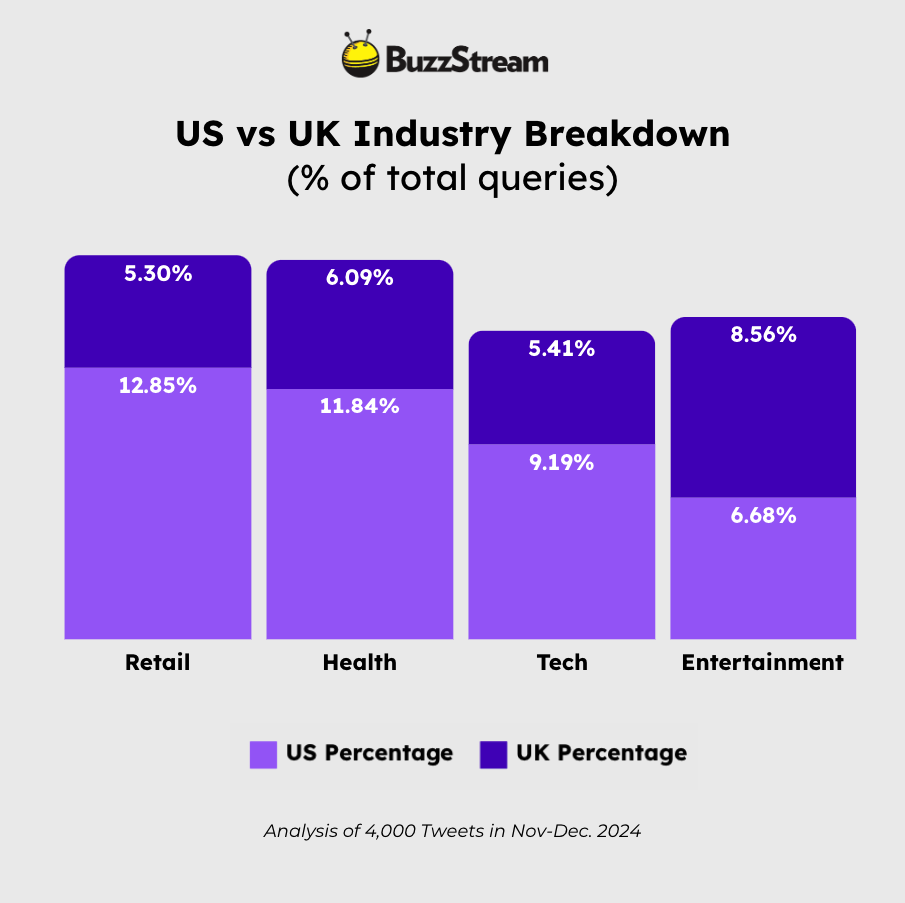
Based on the percentage of total queries, the US tended to skew more towards retail, health, and tech-based requests.


(Keep in mind, however, that the overall volume of the UK was larger for all of these industries.)
Entertainment was the only industry in the UK that seemed to outperform the US.

The rest were relatively evenly distributed.
I wanted to dig into the why in the second half of this post.
Why did the UK dominate?
Should US PRs even consider this strategy?
Why the UK dominance?
The UK is roughly the size of Oregon yet dominates media requests on X.
How could this be?
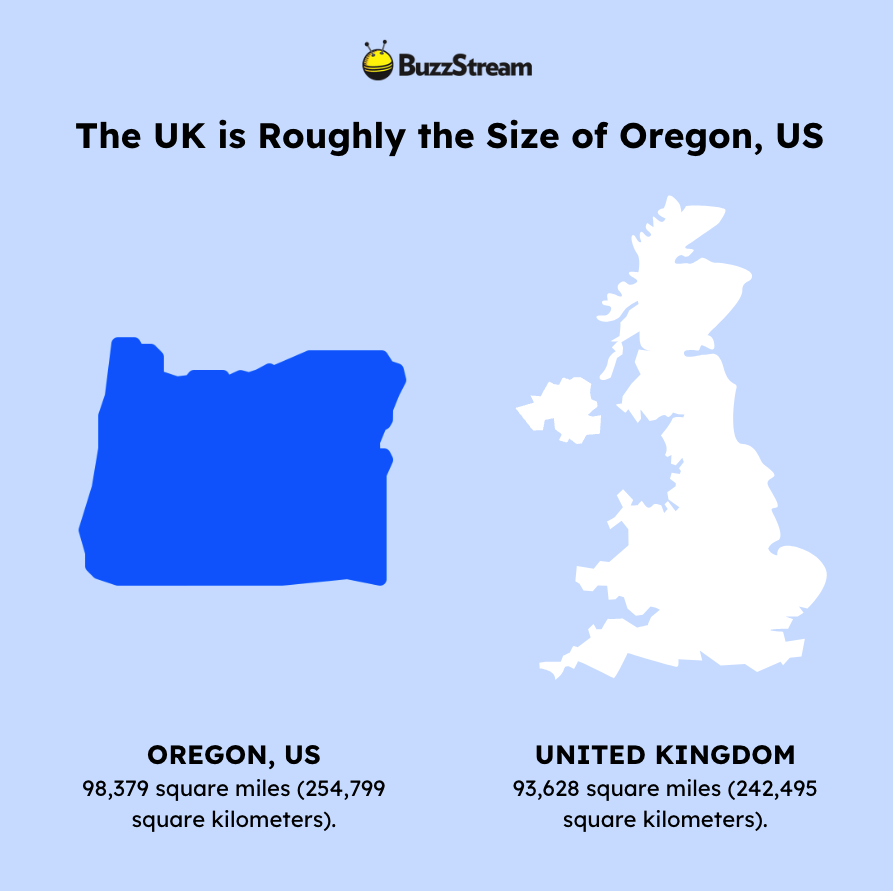
For one thing, Digital PR expert Mark Rofe pointed out that Scottish journalist Sarah Ewing started the hashtag #journorequest in 2008.
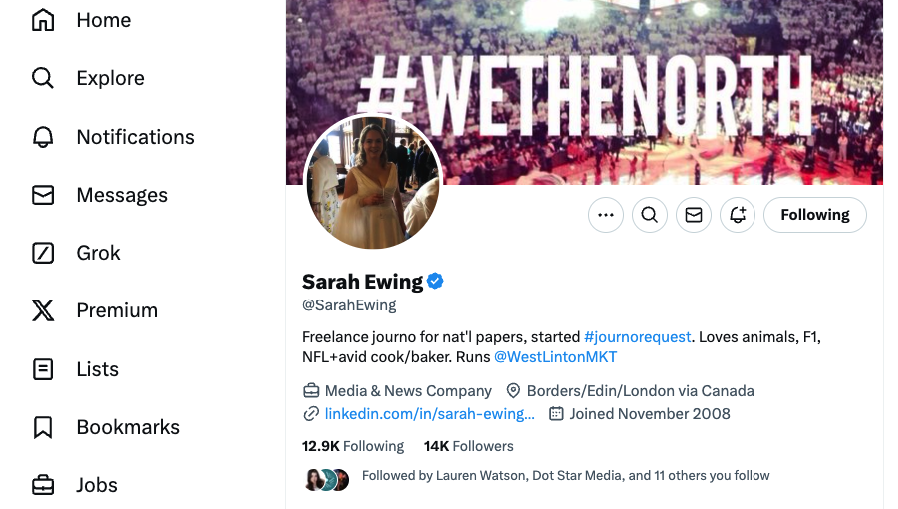
So, it does make sense that it started in the UK and thus was more readily spread.
Mark thought, “There are fewer journalists in the UK compared to the US, so I guess the hashtag gained traction in the UK because it was easier to achieve adoption there and never really made its way over to the US.
Anecdotally, it also felt like British journalists were more active or more likely to have Twitter accounts than their US counterparts.”
However, this doesn’t explain why the usage stagnated stayed in the UK. For that, we need to dig a little more into digital PR in the UK and the US.
Digital PR in the UK vs US.
In our podcast comparing digital PR in the US to the UK, VP of PR at Rise at Seven, Will Hobson, said, “I feel like in the next five years, (the US) will l be kind of where the UK is now.
That’s how I see it from the industry perspective, a little bit further, a little bit less developed, a little bit less known, and I just think that’s purely because of the size of the US is so big.
I feel like because the UK is a lot smaller, it can travel quicker throughout the country than the US.”
And in talking with Shai Aharony, CEO of UK-based agency, Reboot Online, he agreed that most other countries—not just the US—are behind the UK in digital PR.
Shai told me, “I would say Digital PR is very UK-centric.
If you look at some of the most innovative brands, they all tend to originate in the UK. Digital PR is playing catch up in most countries outside of the UK.
It has only gained traction in Germany, France, Italy, Spain, Netherlands, and Australia in recent years.”
So, the overall hashtag usage may just be that digital PR is still slow to pick up in the US, which makes sense.
But the final place I wanted to check was with US journalists.
US Journalists Simply Haven’t Heard of the Hashtag
First, I spoke with freelance journalist Joni Sweet, who told me:
“In the rare times I need to turn to social media to find a source, I will occasionally use #journorequest on X/Twitter to boost visibility for my query, especially if I’m open to receiving replies from people outside of the U.S.
The main place I share my editorial queries with PR professionals is in my Substack. This gets me what I need about 95% of the time.”
(I’ll come back to Substack in the next section.)
I also went to Reddit’s r/journalism and r/publicrelations which are both very active with journalists.
When I asked US-based journalists on Reddit, the overwhelming majority had never heard of the hashtags.




Not only that, but some gave me some more insights into where and how they find sources. A few mentioned going directly to academic or government sources:


Now, a clearer picture is starting to emerge.
Hashtag media requests seem to be a quick way of gathering case studies and expert sources. However, US journalists in larger markets seem to be a bit hesitant to use them due to quality issues.
Heck, even some of the responses from UK journalists echoed this quality concern.
One “journo” from a prominent UK-based publication told me, “I can’t remember having used that hashtag, because I don’t like to broadcast publicly what I’m working on. I’m also very wary of “oven ready” case studies supplied by PRs, because they can seem inauthentic.”
With all that in mind, in the last section, I’ll highlight some tools, resources, and tactics for finding and responding to journalist requests—especially in the US.
Where to Go to Reply to Journalist Requests?
Based on many of the responses we received, think of responding to journalist requests as a supplemental strategy.
There are definite industries where this may be more effective, and journalists may be more receptive, but the best way to build and maintain relationships is to build trust with a journalist.
1. Contact the Journalists Proactively
In our podcast with digital PR experts Britt Klontz and Jaclyn Lambert, they both recommended reaching out to journalists ahead of time.
Jaclyn said, “Why not do the intro early on and get your name out first? When you’re down to pitching the actual content, they might already recognize your name.
You’re also showing that you’ve thought about them and their coverage, and this is what you’re offering.”
Britt said, “If you can go out of your way and build that relationship personally or in a more friendly way and show that you’re reading your work, journalists love that.
You can do that on social media, too. It doesn’t have to be an email. You could just go out of your way to share their stories.”
Remember, quality trumps quantity. You don’t need to send out 1,000 emails. If you can identify ten or twenty journalists who are a relevant fit for your story and brand, that coverage will go a long way.
2. Substack
As journalist Joni Sweet mentioned, she gets 95% of her media requests come from Substack.
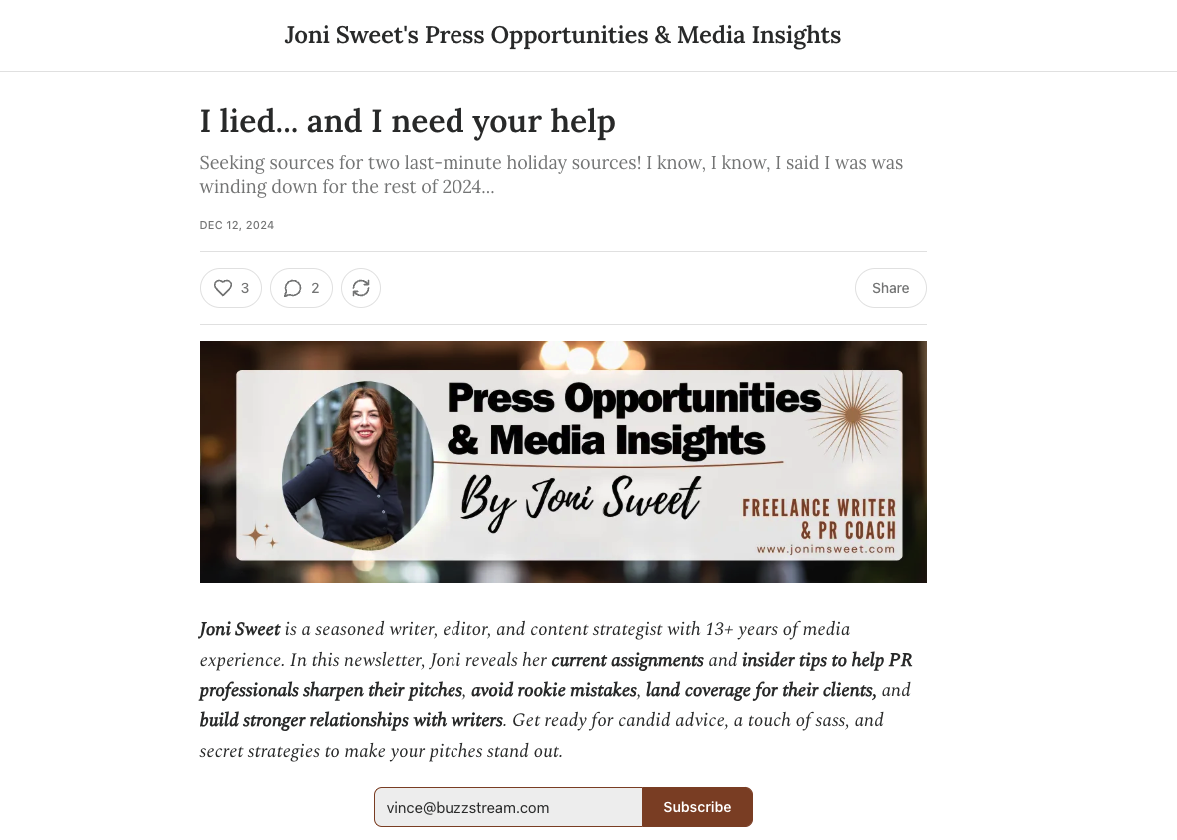
Substack has become a platform many journalists have flocked to in the past year.
Some, like Taylor Lorenz, have left their posts at major news sites like The Washington Post to go freelance and start a Substack. Her newsletter, User Mag, is one of our recommendations for newsletters for PRs.
Many of the highest-earning Substacks are US-based, but it’s easy to see many more UK journalists moving there—especially since UK journalists are getting laid off from major pubs.
3. Source of Sources
The once respected and widely-used HARO/Connectively was closed down Dec. 9, 2024. Luckily, HARO’s original creator, Peter Shankman, started Source of Sources as a replacement.
Right now, the breakdown of users is about 82% in the US, and the rest is international overseas.
He is keen to ensure that the quality remains high. In our podcast, he outlined exactly how he was going to keep the platform from being overrun by spam and irrelevant pitches:
“Not only do we monitor it, but if the reporter emails me and says, “Hey, this guy was pitching off-topic,” they don’t get a second chance.
The older I get, the more I realized that life is just too short to give second chances to everyone. So when you sign up, the rules are very simple.”
4. Qwoted
My other platform suggestion for US PRs is Qwoted. I spoke with Shelby Bridges of Qwoted who told me, “we are still heavy with US publications which equates to about 80% of our total volume. 15% of our monthly requests are specific to the UK and then there is a 5% spread across CA and other countries.”
Methodology
We used Twibot to scrape 4,000 Tweets using the hashtags #journorequest, #prrequest, #mediarequest, and #bloggerrequest as far back as Nov 2024. Then, we removed any profiles that didn’t have a geo tied to them.

 End-to-end outreach workflow
End-to-end outreach workflow



 Check out the BuzzStream Podcast
Check out the BuzzStream Podcast







